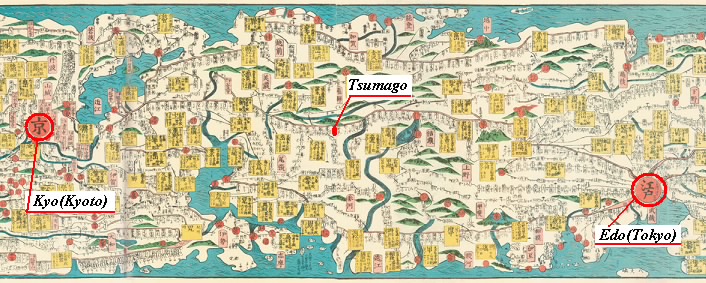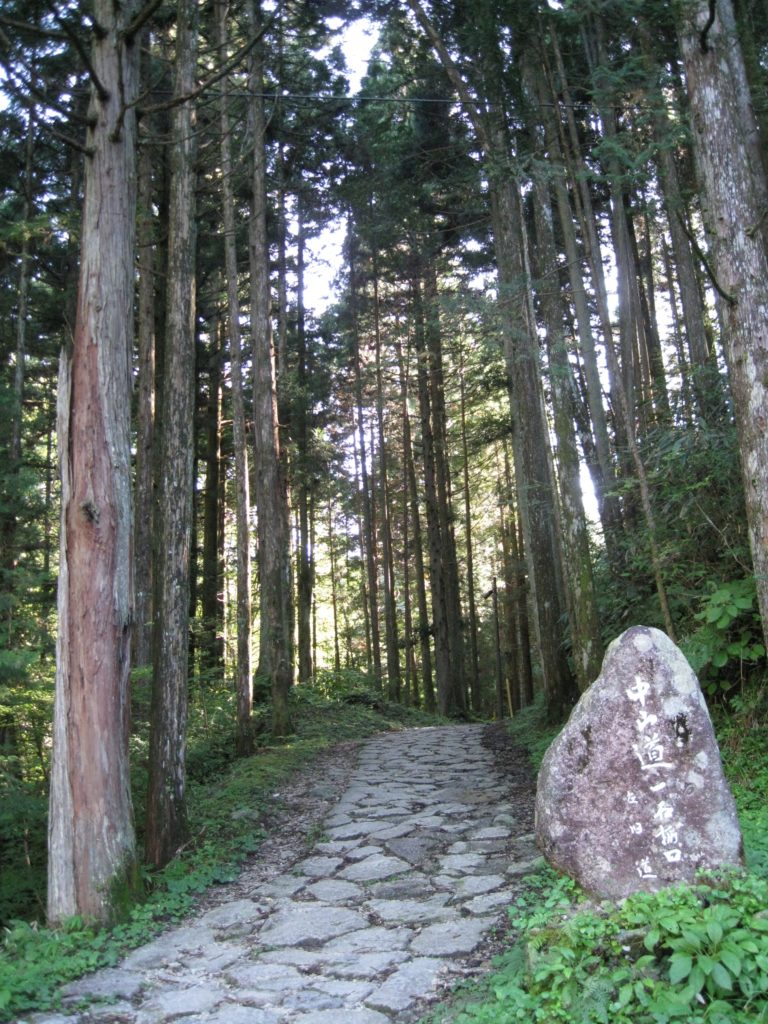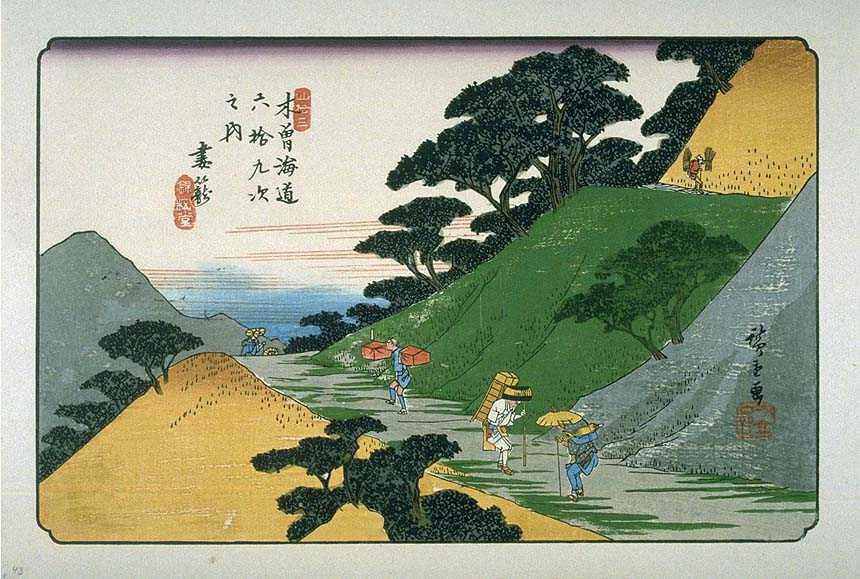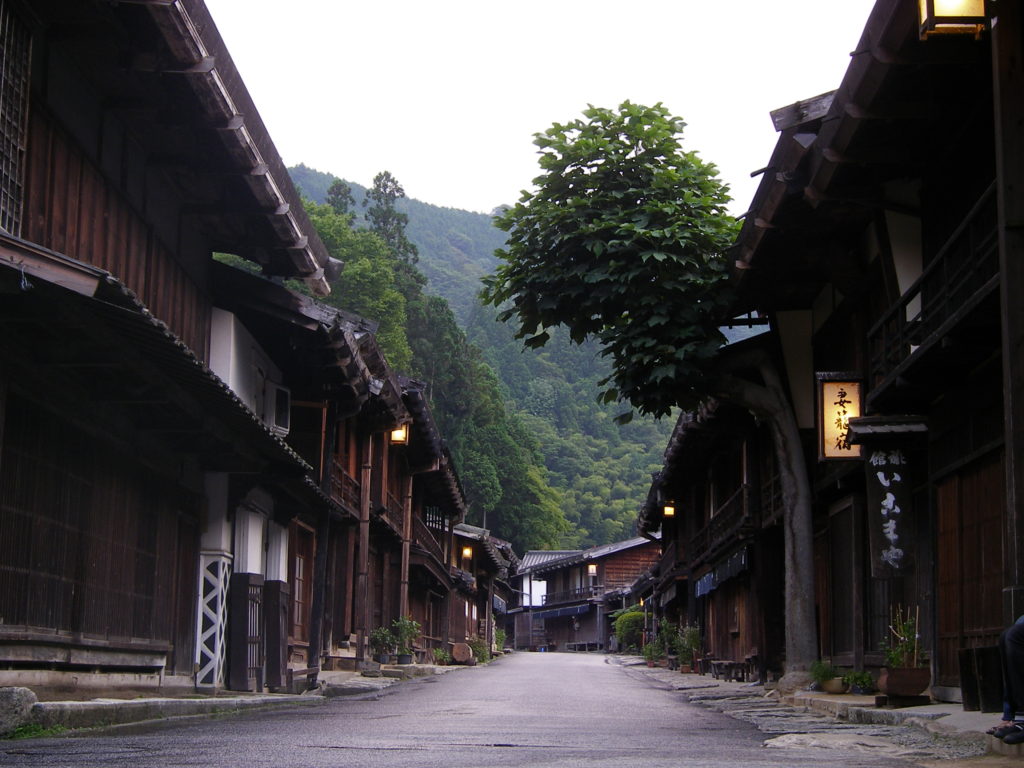What is NAKASENDO?
The Nakasendo was one of the five routes of the Edo period, and one of the two that connected Edo (modern-day Tokyo) to Kyoto. Kisoji is a mountainous region along the route in Nagano Prefecture. Travelling in the Kisoji region is a trip back in time to sleepy post towns of the last century. Tsumago and Magome are wonderful places for a short escape from modern life. Without the power lines and concrete buildings that spoil so many historical sites in Japan, Kisoji is a world of old Japanese inns, delightful mountain views, bamboo forests, rambling brooks turning water wheels, looms and lanterns, and beautiful handicrafts.
If you would like to do some hiking, see some incredible architecture, stay in a very traditional Japanese inn, and see what an old post town was like, a trip to Kisoji will be one of your most memorable Japanese holidays.
TSUMAGO VILLAGE
Tsumago was a post town on the Nakasendo route between Kyoto and Edo. It is known today as one of the best preserved post towns in Japan. The town and its residents go to great lengths to recreate the ambiance of the Edo Period. Cars are prohibited on the main street in the day and phone lines and power cables are kept concealed, allowing visitors to imagine they have slipped back to an earlier time.
What is WAKIHONJIN?
In contrast to the honjin (the Japanese word for an inn for government officials), the antiquity of the wakihonjin (smaller honjin) is entirely genuine; the building dates back to the 19th century. It now serves as a museum, and tours are held in Japanese.
MAGOME VILLAGE
The town has been beautifully restored with a broad stone walkway lined with carefully tended foliage. Magome’s embellished preservation contrasts with the rugged authenticity of neighboring Tsumago. The two towns are connected by the Magome-Tsumago Trail, a route which was part of the Nakasendo.














0件のコメント